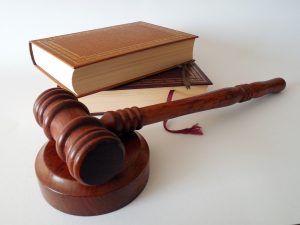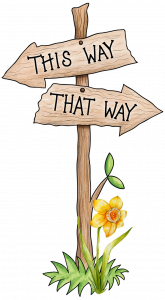TL;DR:
- It’s time to reflect on your use of the ISTE Standards.
- ISTE standards consist of Learner, Leader, Citizen, Collaborator, Designer, Facilitator, and Analyst.
So far this year, we have discussed planning with INTENT and planning to CONNECT. This month’s post takes those two posts and digs deeper. To begin with, it will strategically introduce you to another way to level up your instruction as you plan with INTENT. Planning with INTENT is a purposeful activity. It requires that you have background knowledge of best practices for educators to integrate technology into instruction to maximize its impact.
Why focus on this?

The rationale behind this is simple. This past week, I began my ISTE Certification journey. What is that you might wonder? ISTE (International Society for Technology for Education) is an international credential for educators who demonstrate mastery of the Standards for Educators. Much like my signature Planning for INTENT framework, it focuses on the learning first and then how the technology can amplify the learning.
ISTE Certification consists of 14 weeks of coursework first. Afterward, it is followed by six months to make a portfolio demonstrating mastery of these standards. This is something that I have wanted to do for a while; so when I won one of 20 NASA scholarships to be in the newest cohort, I was 100% in.
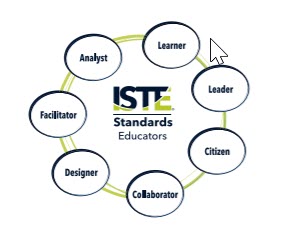
With that in mind, let’s focus on the seven ISTE Standards for Educators. These standards are not new to me, but digging deeper into them is a newer practice for me. As part of our cohort prework for Session 1, each member needed to evaluate ourselves on each standard. This activity was enlightening to me. As a result, I thought this would be the perfect time to not only share these standards, but have my #TechBetter readers reflect as well.
![]()
1. Learner
In this standard, educators are working to improve their practice in many ways. They are learning from others, exploring research, and actively participating in both local and global learning networks.
Questions to consider:
- What are your professional learning goals?
- Do you reflect on how you can improve your practice?
- Do you stay current with research and use it to support student learning?
2. Leader
In this standard. educators act as leaders and work to shape a vision for empowering students. They advocate for digital equity and model effective identification, evaluation, and implementation of new digital resources.
Questions to consider:
- Do you work with education stakeholders to help use technology to empower student learning and empowerment?
- Do you advocate for digital equity?
- How do you determine tech tools that are suitable for learning?
3. Citizen
In this standard, educators work with students to inspire them to positively contribute to the digital world. This standard focuses on proactive participation and using digital resources to help the greater world.
Questions to consider:
- Do you give students opportunities to positively affect the world and make contributions to the digital world?
- Does your classroom promote curiosity and inquiry?
- Do you help students learn ways to use copyrighted information appropriately?
 4. Collaborator
4. Collaborator
In this standard, educators work together to improve their practice and amplify student learning. This includes planning with colleagues to create learning experiences that leverage the use of technology and give students authentic, real-world experiences.
Questions to consider:
- How do you plan collaboratively with colleagues to plan experiences that leverage authentic uses of technology?
- Do you collaborate with all stakeholders to get them involved in student learning?
- Have your students used collaborative tools to engage with others locally and globally?
 5. Designer
5. Designer
For this standard, educators use technology to promote both student voice and choice. They start with the learning standards and find ways to use technology to amplify learning. They design meaningful and strategic learning experiences for all students that accommodate a variety of needs.
Questions to consider:
- How do you use technology to personalize student learning experiences?
- When planning to integrate technology, do you start with the content standards and then use technology to amplify and maximize learning?
- What design principles do you use to create unique digital learning environments?
6. Facilitator
In this standard, educators use technology to help support the ISTE Standards for Students. They promote students taking responsibility for their learning and promote creativity, design thinking, and computational thinking in the classroom.
Questions to consider:
- Do you promote a culture where students take ownership for their learning goals?
- How do you create opportunities for students to use the design process or computational thinking?
- In what ways do you promote creativity in your classroom?
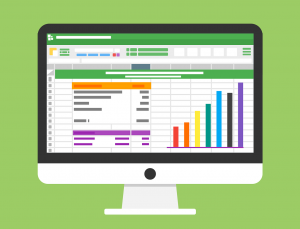
7. Analyst
Using this standard, educators use data not only to drive their instruction, but use data to also help support their students in achieving their goals. They look at assessments in multiple means and use technology to design assessments that meet variable student needs.
Questions to consider:
- When assessing students, how do you provide them alternate ways to demonstrate their mastery and reflect on their progress?
- How do you use technology to design these alternate ways and inform instruction?
- Does your assessment data guide your instruction and help you communicate with students and their families?
Reflect on your use of the ISTE Standards
In complete honesty, I know that I am better at some of these standards than others. What about you? We all have room to grow. Look at my reflection below and click here to make a copy for your own reflection.
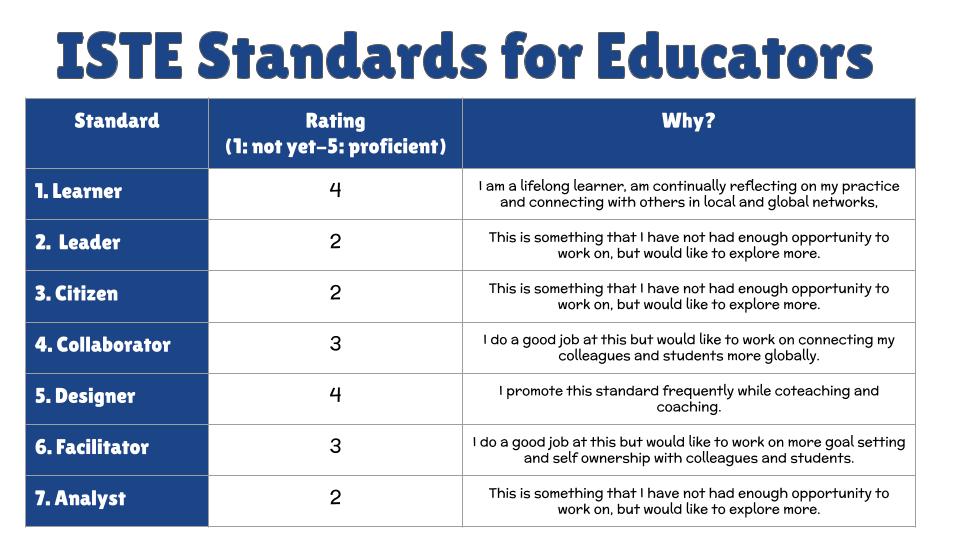
About Debbie Tannenbaum
Debbie Tannenbaum is an Elementary School Technology Specialist in Fairfax County, VA. An educator with over twenty years of experience, Mrs. Tannenbaum is completing her second year in this role, where she supports both staff and students to integrate technology tools into instruction through both co-teaching sessions and weekly technology classes. Mrs. Tannenbaum is also an avid blogger and shares her thoughts and reflections on her website: Techy Notes. You can also find her on Twitter and Instagram at @TannenbaumTech.



